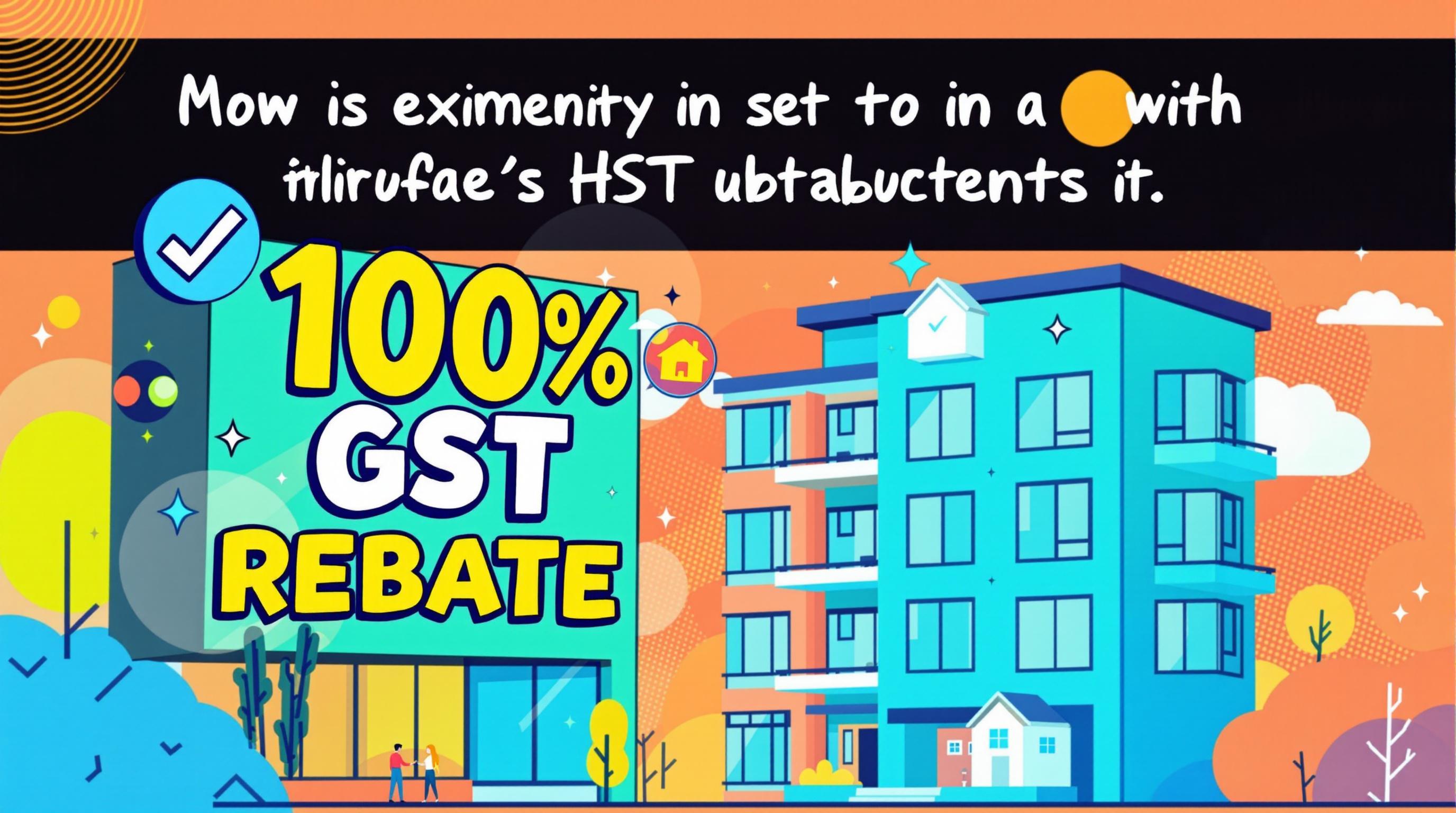In Nova Scotia, public input is a key factor in zoning approvals, shaping local development projects. Here's what you need to know:
- Public Consultation is Crucial: Municipalities actively gather feedback through community meetings, mail updates, and public hearings.
- Approval Types and Input Levels:
- As-of-Right: Minimal or no input required.
- Site Plan Approval: Limited consultation.
- Development Agreements: Extensive public engagement.
- Impact of Community Feedback: Public concerns are documented and influence decisions. Ignoring input can lead to delays or project rejections.
- Examples of Success: In Halifax, community advocacy led to zoning changes in Upper Hammonds Plains, limiting large industrial developments.
- Steps for Developers: Engage early, document feedback, and align proposals with local planning strategies.
Developers who involve the community early often face fewer roadblocks and gain stronger support for their projects.
Nova Scotia Zoning Approval Basics
Land Use Rules and Municipal Planning
In Nova Scotia, zoning regulations operate under the Municipal Government Act. Each municipality has its own Municipal Planning Strategy (MPS) and Land Use By-law (LUB), which outline development rules and permitted uses. These documents form the backbone of zoning decisions and also define how public feedback factors into approval processes [3].
The complexity of a proposed development determines the approval process. Smaller projects that align with current zoning rules are considered "as-of-right" and require little to no consultation. On the other hand, larger projects or those that deviate from existing zoning need more detailed public engagement [2]. These guidelines shape how zoning approvals proceed.
Steps to Get Zoning Approval
There are three main approval paths in Nova Scotia:
| Approval Type | Description | Public Input Required |
|---|---|---|
| As-of-Right | Developments fully compliant with zoning rules | Minimal or none |
| Site Plan Approval | Projects needing technical review | Limited consultation |
| Development Agreement | Major projects requiring negotiation | Extensive public engagement |
For Development Agreements, the process is the most detailed and requires strict adherence to public participation policies. These agreements allow developers and municipal councils to negotiate terms while ensuring transparency through mandatory public consultations [2].
Public Input Methods
The level of public involvement depends on the type of approval. Municipalities use various methods to gather input, such as site signage, dedicated web pages, direct mail, community meetings, and public hearings [1].
"HRM seeks to engage citizens in an ongoing dialogue through education, promotion and public debate on regional and local issues. Participation should be inclusive and accessible to all." - Halifax Regional Municipality
For example, the approval process for telecommunication towers now includes thorough public consultation. This involves sending mail notifications, placing ads in newspapers, and hosting public information sessions [1].
Residents also have the option to file appeals with the Nova Scotia Utility and Review Board within 14 days of a decision [1]. This ensures that the community has a way to challenge decisions they feel are not in the public's best interest.
Public Input's Impact on Zoning Decisions
How Staff Reports Use Public Comments
In Nova Scotia, municipal staff actively incorporate public feedback into their planning recommendations. When evaluating development proposals, planners collect and document all public comments as part of the official decision-making process.
Developers are required to provide a clear summary of community consultations, including proof of public notifications, collected comments, responses to concerns, and updated project details. This structured approach ensures councils can consider community perspectives when making their final decisions.
Community Feedback in Council Decisions
Councils base their decisions on Municipal Planning Strategy policies, factoring in diverse public input. Community concerns are evaluated through various methods:
| Input Method | Purpose | Impact on Decision |
|---|---|---|
| Public Hearings | Direct interaction with council | Provides immediate feedback |
| Written Submissions | Detailed documentation of concerns | Included as part of official records |
| Evening Sessions | Accessible for working residents | Encourages broader participation |
| Formal Interventions | In-depth examination of issues | Enables comprehensive review |
Examples of Public Input Results
Real-life cases highlight how public input can influence zoning decisions. For instance, in Dartmouth, community feedback played a crucial role in shaping a proposed development on Portland Street involving three apartment buildings. A specific concern was raised about a four-story structure on Rodney Road [4].
"The proposed four-storey building will tower over our homes and gardens." – Madelaine Corke, Rodney Road Resident [4]
Despite these concerns, the Harbour East-Marine Drive Community Council approved the project. Municipal Planner Jamy-Ellen Klenavic addressed the concerns by stating: "The proposed buildings would be the tallest buildings in the neighborhood, but are still of moderate height, and would be compatible and consistent with the existing development form while also adding infill residential density in an area where the Regional Municipal Planning Strategy calls for increasing density" [4]. Councillor Sam Austin remarked, "I don't see a reason to refuse this from a practical point of view" [4].
Public Consultation for Development Agreement - 42 Canal Street, Dartmouth
sbb-itb-16b8a48
Working with Community Feedback
Public input plays a key role at every stage, from initial discussions to final approvals. Engaging early with clear and open communication helps build trust and strong community relationships.
Early Community Meetings
Effective community engagement involves careful planning at every phase:
| Meeting Phase | Key Activities | Outcomes |
|---|---|---|
| Pre-meeting | Share detailed info packets, post public notices | Encourage informed participation |
| During meeting | Use clear visuals, host Q&A sessions | Gather direct feedback |
| Post-meeting | Record all feedback, share meeting notes | Ensure transparency and follow-up |
Updating Plans After Feedback
Having a structured process for incorporating feedback ensures projects stay practical while addressing local concerns. Carefully document input, evaluate its feasibility, and clearly communicate what changes will be implemented.
"We want our community to grow, and we're excited for development...It's just the way public policy is formed around these activities. It leads us to have an adversarial relationship because we have to advocate rather than facilitating a partnership." - Curtis Whiley, Founder of the Upper Hammonds Plains Community Land Trust [5]
This approach helps build trust and keeps the community involved as projects progress.
Maintaining Community Relations
After updating plans, keeping communication channels open is key. Engagement shouldn’t stop at approvals - ongoing updates and accountability are crucial.
Some effective strategies include:
- Regular updates via newsletters and community meetings
- Respecting cultural nuances, especially in historically marginalized areas
- Independent monitoring to ensure agreements are upheld
"The idea is to try to make sure that potential housing development happening in Black communities, well, that the impact won't be negative, but rather, positive, allowing them to stay as thriving Black communities – and not be forced out or displaced by development and a lack of affordability" - Twila Grosse, MLA for Preston [5]
Helio Urban Development's Approach
Helio Urban Development ensures its construction practices align with Nova Scotia's zoning standards and community needs. By focusing on transparency and efficiency, they aim to deliver projects smoothly while keeping the community informed and involved.
Set Pricing and Cost Details
Helio Urban Development provides fixed-price construction starting at $168 per square foot, making it easier for stakeholders to plan budgets and discuss project impacts clearly. The pricing reflects compliance with the 2020 National Building Codes, which will take effect on April 1, 2025 [7].
Standard Home Designs
Helio offers a range of pre-designed homes tailored to meet local zoning rules. Their portfolio includes single-family homes, duplexes, and small multi-unit properties.
| Property Type | Design Features | Community Benefits |
|---|---|---|
| Single-Family | Efficient layouts | Preserves neighborhood character |
| Duplex | 3-bed/2.5-bath units | Adds housing options |
| Multi-Unit | 4–8 unit configurations | Makes better use of available land |
"As more people move to living in a community, we want construction of new homes to be as efficient as possible" [6].
Available Government Programs
Helio collaborates with government initiatives to enhance project feasibility and align with broader community goals. These programs include:
-
Affordable Rental Construction (ARC) Pilot
A $6.39 million program designed to support net-zero ready affordable housing, helping developers meet sustainability targets [7]. -
EfficiencyOne's Affordable Multifamily Housing Program
Backed by $13.49 million, this initiative funds energy efficiency upgrades, promoting eco-friendly community development [7]. -
Innovation Rebate Program (IRP)
For projects investing at least $350,000 in Nova Scotia, this program helps developers adopt new production methods and scale sustainable housing solutions [8].
"These investments will help us build more energy-efficient buildings, increasing the supply of homes for people who need them, and contribute to protecting our environment for generations to come" [7].
Conclusion
Public input plays a critical role in Nova Scotia's zoning approval process, shaping outcomes through open and early engagement. This approach helps create a smoother path for developers seeking project approvals.
To navigate this process effectively, developers should start engaging with the community early, carefully document all feedback, and ensure their proposals align with the Municipal Planning Strategy. These steps highlight how public consultation can directly influence the success of a project.



